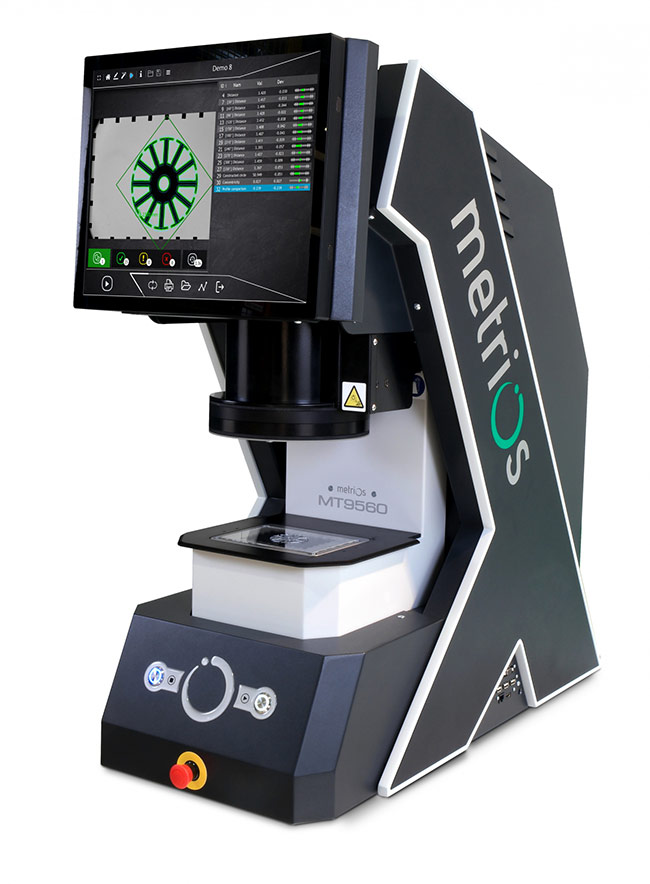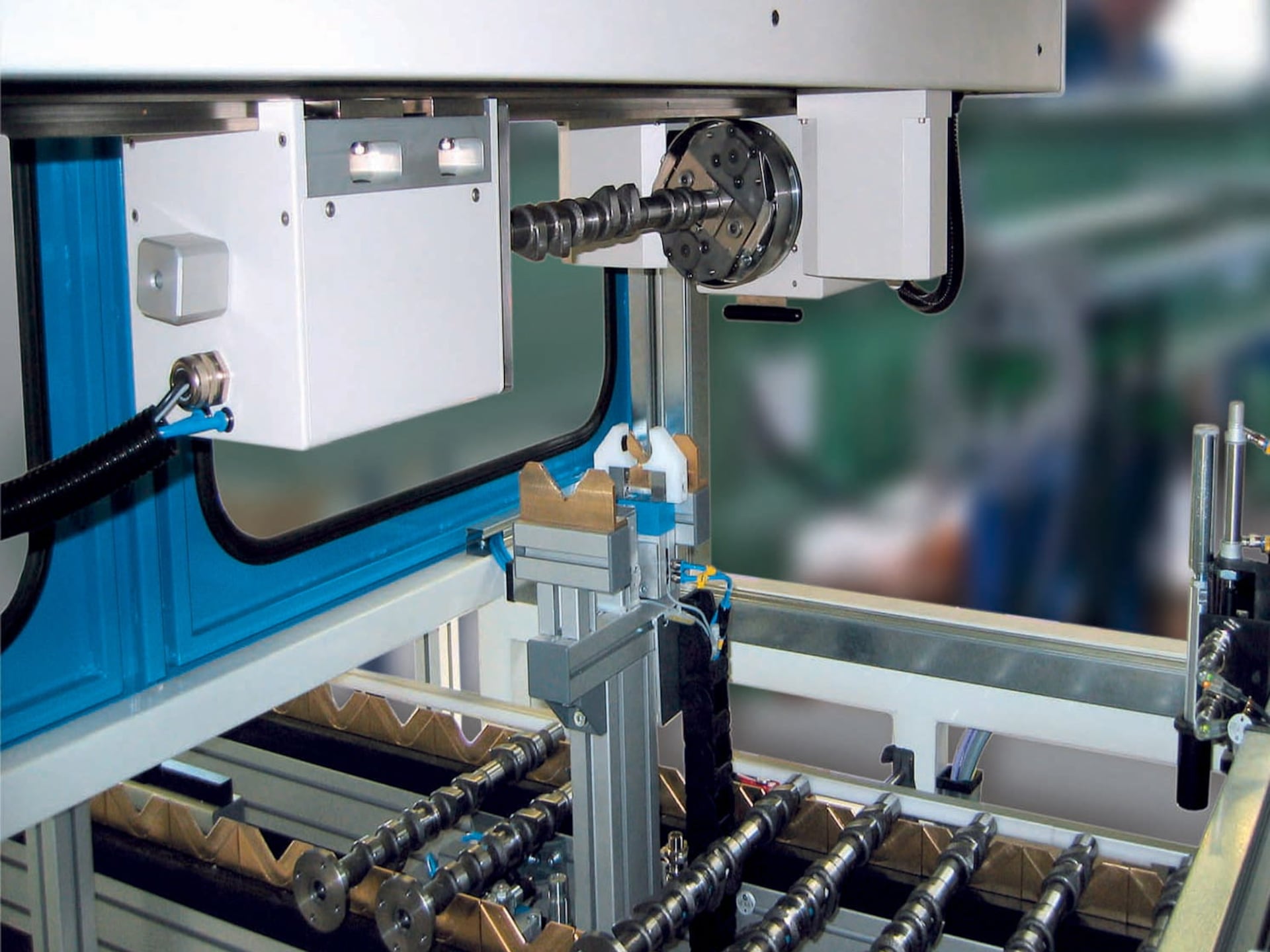Success stories of optical measurement in automotive quality control
Success stories of optical measurement in automotive quality control
Blog Article
The Function of Optical Measurement Systems ahead of time Width Strategies
Optical measurement systems have actually transformed width, bringing a level of accuracy that was when inconceivable. As you check out additionally, you'll discover just how these systems are shaping the future of dimension and high quality control.
The Evolution of Assessment: A Historical Point Of View
As you explore the history of width, you'll find that its advancement shows mankind's mission for accuracy and standardization. From ancient people using body parts as devices of measurement to the advancement of standard weights and steps, each action reveals our desire for precision. The Egyptians constructed the pyramids utilizing specific measurements, while the Romans advanced design with their innovative measuring tools.
During the Renaissance, clinical advancements shifted the focus towards extra empirical methods, leading the means for modern assessment. The intro of the statistics system in the late 18th century noted a significant turning point, developing global standards. Throughout the 20th century, technological improvements additionally changed metrology, allowing extremely precise dimensions in numerous areas.
Today, metrology continues to develop, integrating electronic innovation and automation. This background highlights not simply the value of dimension yet also our relentless pursuit of enhancing accuracy and consistency in our increasingly complex world.
Principles of Optical Measurement Systems
Understanding the principles behind optical measurement systems is important for accurate cause metrology. You'll intend to consider basic optical concepts, dimension precision elements, and efficient system calibration techniques. Each of these elements plays an important role in ensuring your dimensions are specific and reliable.
Fundamental Optical Principles
While exploring optical dimension systems, you'll experience fundamental optical concepts that form the backbone of exact information purchase. Light acts in predictable methods, and understanding these habits-- like reflection, refraction, and diffraction-- is crucial for efficient measurements. You'll use lenses and mirrors to control light and focus it onto your target, making certain accuracy in your readings. In addition, the wave nature of light permits interference patterns, which can enhance dimension resolution. Polarization can likewise play a key duty in distinguishing signal from sound, enhancing the clarity of your outcomes. By mastering these concepts, you'll be furnished to leverage optical modern technologies successfully, leading the way for improvements in metrology and guaranteeing your dimensions are both repeatable and dependable.
Dimension Precision Factors
To achieve high measurement accuracy in optical systems, a number of aspects come right into play, affecting the integrity of your outcomes. Initially, the quality of the optical components matters significantly. High-grade lenses and detectors lower aberrations and sound, guaranteeing your dimensions are specific. Second, ecological problems like temperature level and moisture can influence dimensions, so preserving a steady atmosphere is vital. Third, the positioning of the optical system is important; also minor imbalances can bring about substantial errors. Finally, the wavelength of light used impacts the resolution and precision of your dimensions. By addressing these variables, you can boost the total performance of your optical measurement systems, leading to even more reliable and accurate lead to your assessment applications.
System Calibration Methods
Accomplishing high measurement accuracy is only part of the formula; correct system calibration strategies are just as crucial in optical dimension systems. Next, employ known dimensions to validate the system's outcome and make needed modifications. With these methods, you'll enhance the reliability of your optical dimension system.
Secret Technologies Behind Optical Measurement
Optical dimension systems count on a number of key innovations that improve precision and effectiveness in assessment. One vital innovation is interferometry, which uses the disturbance of light waves to gauge little displacements and surface area irregularities with extreme accuracy. You'll likewise locate laser scanning systems, which catch comprehensive 3D data of items rapidly, making them important for dimensional evaluation.
Furthermore, CCD and CMOS sensing units play a considerable role in converting light into electrical signals, permitting for high-resolution imaging and exact measurements. Advanced formulas for image handling further enhance measurement precision by analyzing information in real time, filtering system out noise and improving features.
Lastly, fiber optics supply flexibility and the capability to measure in tough environments while preserving signal honesty. By leveraging these innovations, you can attain exceptional lead to your width tasks, making certain that your measurements are both precise and trusted.
Applications of Optical Measurement in Market
As sectors increasingly demand accuracy and effectiveness, the applications of optical dimension systems have actually become crucial throughout various industries. In production, these systems aid you keep track of measurements and resistances in real-time, ensuring quality assurance without lengthy hand-operated checks. In the automotive industry, optical measurements help in lining up parts with accuracy, boosting safety and performance.
In electronics, you're using optical techniques to check min attributes on motherboard, spotting problems that might cause failings. The aerospace market take advantage of non-destructive screening strategies, permitting you to analyze products and parts without endangering their honesty.
Optical dimension additionally plays a vital duty in fabrics, making certain textile measurements fulfill precise specs. optical measurement. With their capability to supply high-resolution data rapidly, these systems empower you to make informed choices, simplify procedures, and eventually drive development across your sector
Enhancing Precision and Effectiveness in Measurements
When you consider improving accuracy in measurements, accuracy in your measurement techniques is essential. By streamlining these procedures, you can accomplish quicker results without giving up go to my blog high quality. Let's discover exactly how adopting innovative optical measurement systems can elevate both precision and effectiveness in your job.
Accuracy in Measurement Strategies
Precision in measurement methods is necessary for attaining reliable results in metrology, especially because little disparities can lead to substantial errors. By utilizing advanced optical measurement systems, you can enhance the accuracy of your measurements. In Full Article addition, precise dimensions permit you to keep top quality control, making certain that items fulfill rigorous requirements.
Simplifying Dimension Processes
To improve accuracy and efficiency in dimensions, simplifying your dimension processes is vital. Start by adopting optical dimension systems that give real-time information, decreasing the time invested on hands-on recording. These systems typically integrate seamlessly with existing software program, permitting you to automate data collection and analysis.
Following, systematize your dimension procedures. By carrying out constant procedures, you lessen irregularity and boost repeatability. Don't forget to routinely adjust your devices to guarantee its accuracy.

The Impact of Optical Measurement on R & D
As researchers endeavor to push the borders of innovation, optical measurement systems have ended up being crucial tools in the advancement process. These systems supply you with specific, real-time data that enhances your capability to examine intricate products and frameworks. In various fields, from biotechnology to aerospace, you count on optical measurements to enhance styles and enhance item efficiency.

With high-resolution imaging and non-contact methods, you can decrease sample disruption, enabling for more precise results. This capacity to catch minute information increases your R&D cycle, letting you iterate designs rapidly and effectively. Optical dimension promotes partnership across disciplines, as the information produced is frequently quickly interpretable and shareable.
Eventually, integrating optical measurement systems right into your research study not only increases productivity yet additionally strengthens your understanding of the phenomena you study. By leveraging these innovative methods, you're better equipped to introduce and stay ahead in a competitive landscape.
Future Fads in Optical Measurement Solutions
With the fast advancement of innovation, you're likely to see significant changes in optical measurement systems that will certainly redefine their application throughout content various sectors. You'll discover an approach enhanced automation and integration of expert system, enabling real-time data evaluation and improved accuracy. Miniaturization is an additional pattern; compact gadgets will certainly allow dimensions in tighter areas, making them ideal for areas like aerospace and biomedical applications.
Furthermore, the arrival of sophisticated materials, such as photonic crystals, will certainly improve sensitivity and resolution. Anticipate to see systems that can operate in difficult environments, supplying dependable dimensions in severe conditions. Cloud-based analytics will additionally play an important function, offering you access to big datasets for far better decision-making. As these technologies assemble, you'll locate that optical measurement systems not only improve accuracy yet also enhance operations, ultimately driving advancement and performance in your projects.
Frequently Asked Questions
How Do Optical Measurement Systems Compare to Conventional Measurement Techniques?
Optical measurement systems use higher precision and faster results compared to conventional methods. You'll find they record even more information factors precisely, minimizing human error and boosting dependability, making them a favored option in different applications.
What Industries Benefit Most From Optical Measurement Equipments?
You'll locate sectors such as aerospace, vehicle, and electronics benefit most from optical dimension systems. These fields rely upon exact measurements to guarantee quality and efficiency, improving effectiveness and reducing prices via sophisticated innovation.

Are Optical Dimension Solutions Expensive to Apply?
Optical measurement systems can be pricey to carry out, but their precision and performance commonly justify the expense. Purchasing such innovation can lead to substantial long-term cost savings and improvements in high quality across numerous applications.
What Skills Are Needed to Run Optical Measurement Equipments?
To operate optical dimension systems, you'll need strong logical skills, focus to detail, and effectiveness in software devices. Familiarity with optics and an understanding of dimension concepts will additionally improve your effectiveness and performance.
How Do Ecological Factors Impact Optical Measurements?
Ecological factors like temperature level, air, and moisture high quality can misshape optical dimensions. You'll notice variations in accuracy due to light interference or refraction. optical measurement. Maintaining stable conditions is vital for accurate and reputable optical measurement results
Final thought
In summary, optical measurement systems are changing assessment by offering unmatched accuracy and effectiveness. As you explore future fads, you'll see exactly how the integration of AI and automation will certainly continue to boost dimension practices, driving technology and enhancing quality control.
Achieving high measurement accuracy is only part of the equation; appropriate system calibration methods are equally vital in optical dimension systems.When you think concerning enhancing precision in measurements, accuracy in your measurement methods is vital. By utilizing sophisticated optical measurement systems, you can improve the precision of your measurements.To boost accuracy and effectiveness in dimensions, streamlining your dimension procedures is vital. Just How Do Optical Measurement Equipments Compare to Standard Measurement Techniques?
Report this page